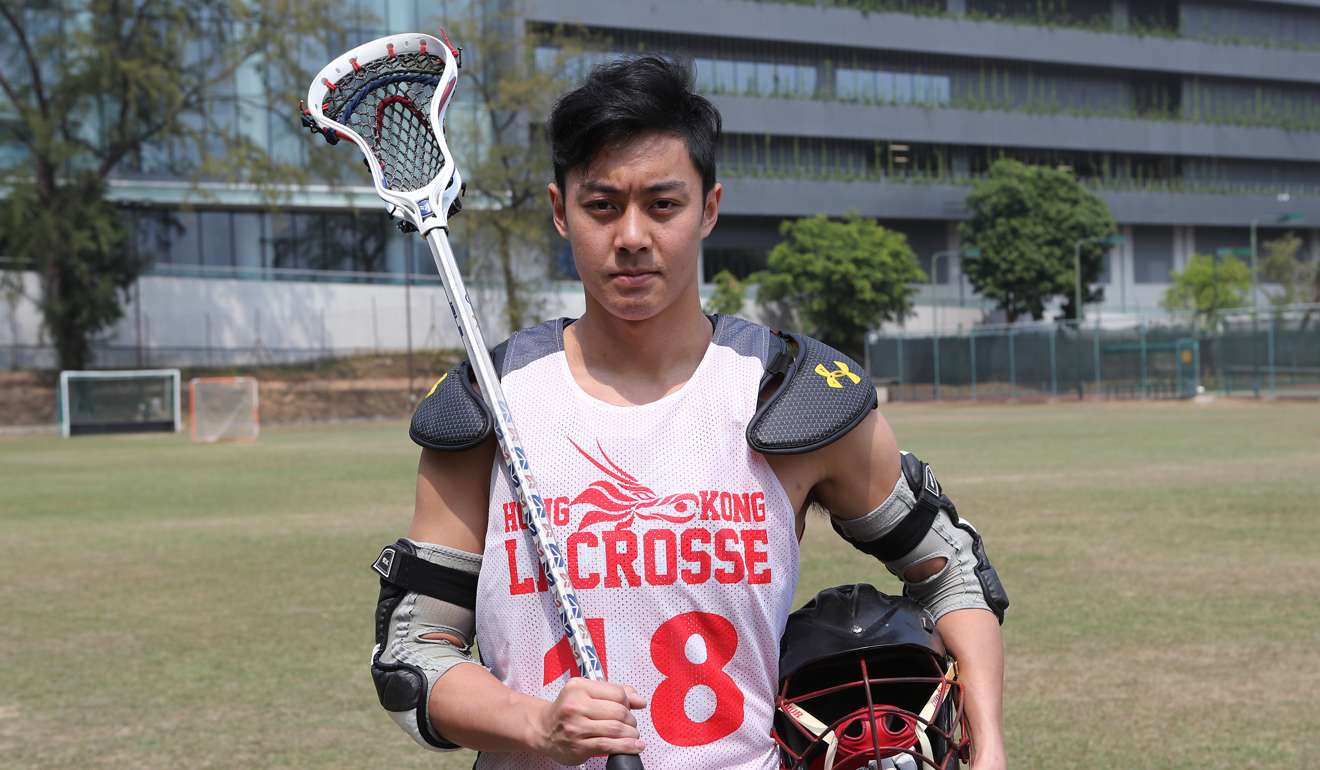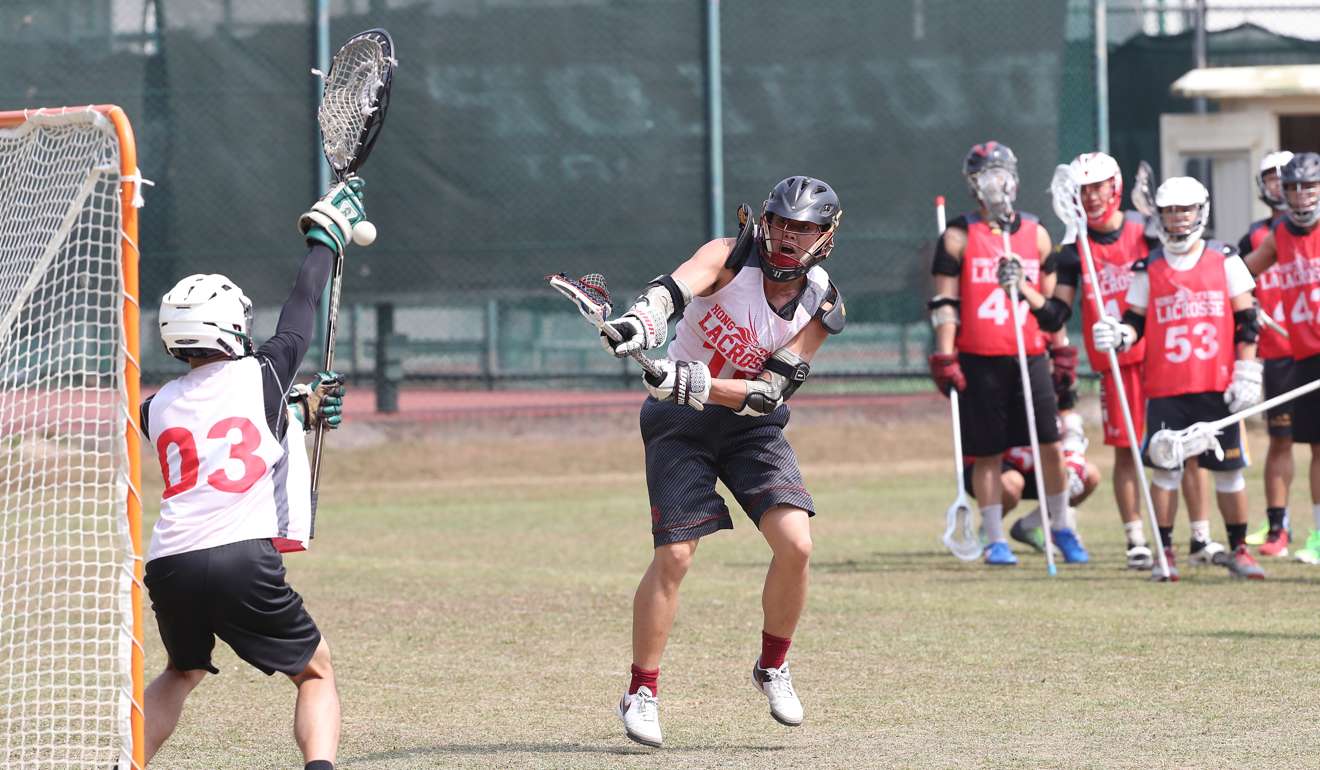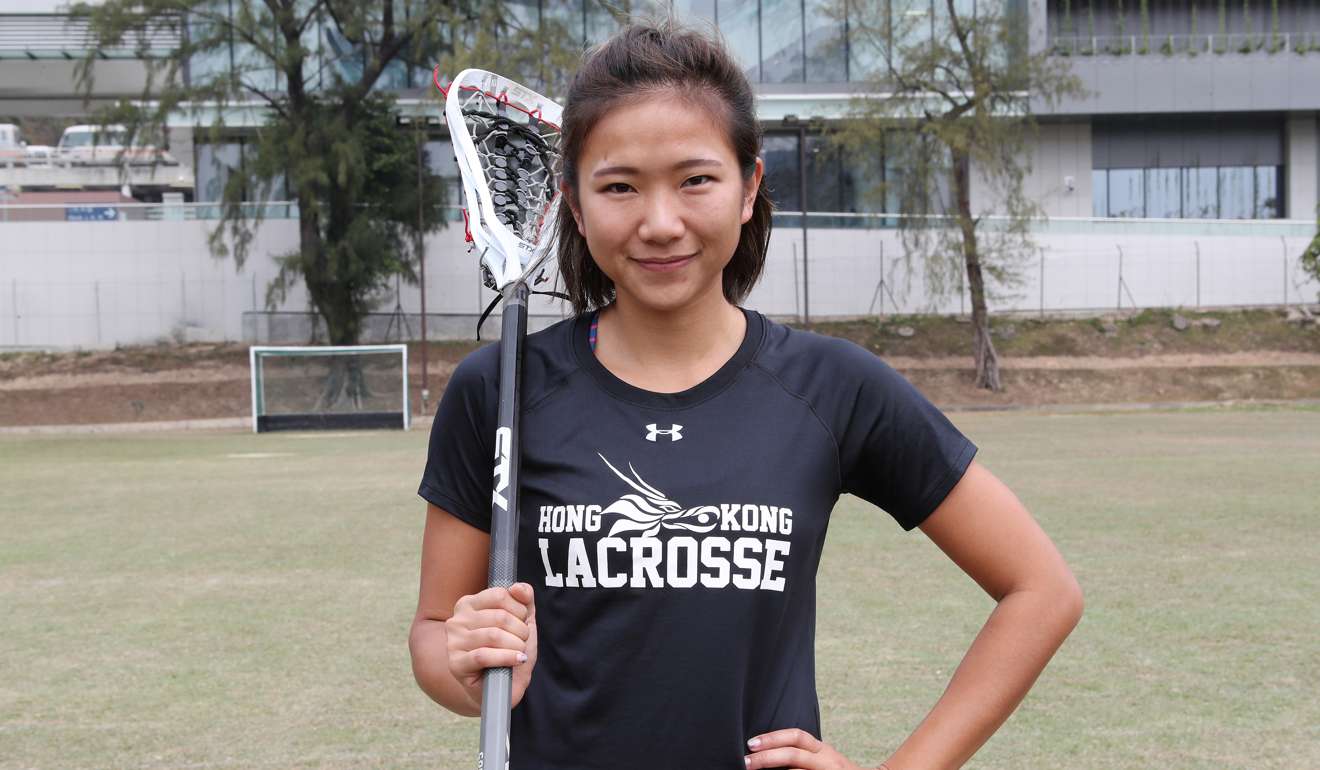
How ‘stick net ball’ – or lacrosse – is aiming to become more than just a niche sport in Hong Kong
The sport may be little-known to many in the city, but with the backing of a wealthy patron has big plans to expand its popularity and success
“Lacrosse is ‘stick net ball’ in Cantonese and tennis is ‘net ball’, so most people think I’m a tennis player when I tell them what I do,” says Carrie Hui Ka-hei, captain of Hong Kong’s women’s lacrosse team.
“If I clarify, most people can’t picture what it is – so they usually just smile and say, ‘Good luck’!”
That blank reaction might be common towards a sport that occupies a very small niche in the city, but major efforts are under way to change that.
“It’s not even known here, it takes a little while to explain what it is,” says Raymond Fong Kun-sheng, chief executive of the Hong Kong Lacrosse Association.
Since being introduced by a British Hong Kong University professor in 1963, the game has become part of the uni’s culture, but struggled to gain traction off-campus.
But thanks to the backing of a wealthy Taiwanese businessman who fell in love with the sport at university in the US, the local association has been able to hire several full- and part-time administrators and coaches in an effort to bring the game into the wider community, and improve the local representative teams’ skill levels.

Fong and his team are trying to introduce the sport to schools and establish a youth development programme. And major tests come this summer and next at the Women’s World Cup this July and the men’s World Championships in 2018, both in England.
This month the teams get to measure how they shape up against the region’s best at the Hong Kong Open. “It’s key preparation for the World Championships,” says Fong of the tournament at HKU on April 14-16.
“My mission is to develop and promote the sport to the general community – there’s a perception that it’s a minority ‘elite’ game and that’s just not true.”
One of the main goals is to expand the player pool from its shallow depth of some 400 to 800 participants, as well as to get players picking up a lacrosse stick much earlier.
“If you look at the ‘10,000 hours’ rule, or 10 years of practise, many of our players are just hitting that mark at 28, having only started playing at uni, whereas other nations have got much more experience,” says Scott Browning, the Canadian coach of HK men’s side.
“Things some players might take as natural actions can be brand new for our guys.”

Browning is targeting a top-half finish in the worlds, with preparation starting at the Hong Kong Open: “It’s the premier tournament in the region and a major part of our process – you can train as much as you want but you have to compete to get better.”
Now retired from his job in Canada’s public sector, his position in Hong Kong is a dream for someone who’s dedicated his life to the game.
“My ambition was always to try to help grow the game internationally,” he says. “When I started out very few countries were competing, now there’s 57 in the international federation and this was the perfect fit.”
Browning has implemented a two-year plan for the 2018 worlds with the Asia-Pacific Championships in June another key event.
Men’s lacrosse is full-contact and as well as honing the technique of his players (90 per cent of whom are local Chinese), Browning has been trying to get them to savour the more brutal aspects of the game.
“They definitely lack aggression compared to a lot of teams,” he says. “We do a lot of drills to get them used to the whole physical aspect. There’s a mentality around competing, really working hard and striving to be your best – it definitely was already there, but we’ve helped to bring it out.”

This blend of skill, speed and hard hits instantly made captain Joey Au Yeung Chun-yu fall in love with the game when he encountered it at HKU.
“I love the number of aspects a player can improve to become a better player,” he says. “Speed and endurance like any other sports, strength, power and mass for being a contact sport, in-game IQ and teamwork.”
Women’s coach Travis Taylor still spends much of his time pondering the game when not on the training field – he’s conducting doctoral research into its current role among the Iroquois people who invented it.
As someone fascinated by the cultural impact of sport, his time at Hong Kong has been an eye-opener after previous jobs coaching at universities in England and with European national teams.

“This is probably the most eclectic mix of players I’ve ever coached. The backgrounds range widely, it’s a great representation of Hong Kong society,” says Taylor, like Browning a Canadian.
“A lot maybe picked up lacrosse here at uni, but we have others who moved here for work and other local players who learned lacrosse at boarding schools in England. They speak both English and Cantonese on the field and all the different backgrounds merge so well.”
Captain Hui is among a contingent who were first introduced to the sport as bemused boarders at Harrogate Ladies College.
“It was a love and hate situation when I first arrived in England at the age of nine,” she admits. “The surroundings were strange enough, the foreign language, strange faces and then in order to play this sport involving a heavy wooden stick, I had to strangely put on shorts with a skirt on top and go out into the cold.

“But slowly I started to fall in love with it as I found joy in teamwork, the freedom on the field and most importantly the self-confidence to talk to new friends. Ever since then lacrosse has been my main source of strength and inner peace in life.”
Taylor is looking for a vast improvement on the team’s World Cup debut in 2013, when they were 18th out of 19. But despite the pressure for success he puts on himself, he says his key goal is spreading that kind of message espoused by his captain.
“I think we’re doing the right things to get a higher place in the world, but the focus in all the meetings I’ve had is on the character of players coming out,” he says.
“We need to make sure that the good work we’re doing with the representative team gets seen by everyone.
“Lacrosse is about community, about family ... we’re trying to build a legacy of what lacrosse can be in a city not normally known for sport.”
Lacrosse explained
Lacrosse originated among the native American peoples of northeastern US and lower parts of Canada, where games were played as a ritual symbolising warfare. Those areas are still the heartland of the game, though it is claimed to be the fastest-growing sport in the US.
Field lacrosse is played between teams of 10 (men) or 12 (women) on a pitch about the size of a football field with players competing with wooden sticks with nets on the end to fling a small rubber ball into a goal. The men’s game can be seriously brutal, with plenty of leeway for hard hits, but little physical contact is allowed in the women’s game. An indoor five-a-side version called box lacrosse is also popular after owners of Canadian ice hockey rinks invented it to get more use out of their arenas.
Lacrosse was in the Olympics in 1904 and ’08 and a demonstration event in ’28 and ’32 and is among the many sports looking to get back into the Games. The quadrennial World Championships are now the main international events after the Federation of International Lacrosse was set up in 2008. The FIL is the only world sporting governing body to recognise first nations peoples, with the Haudenousaunee Nation, or Iroquois, competing in international events.

